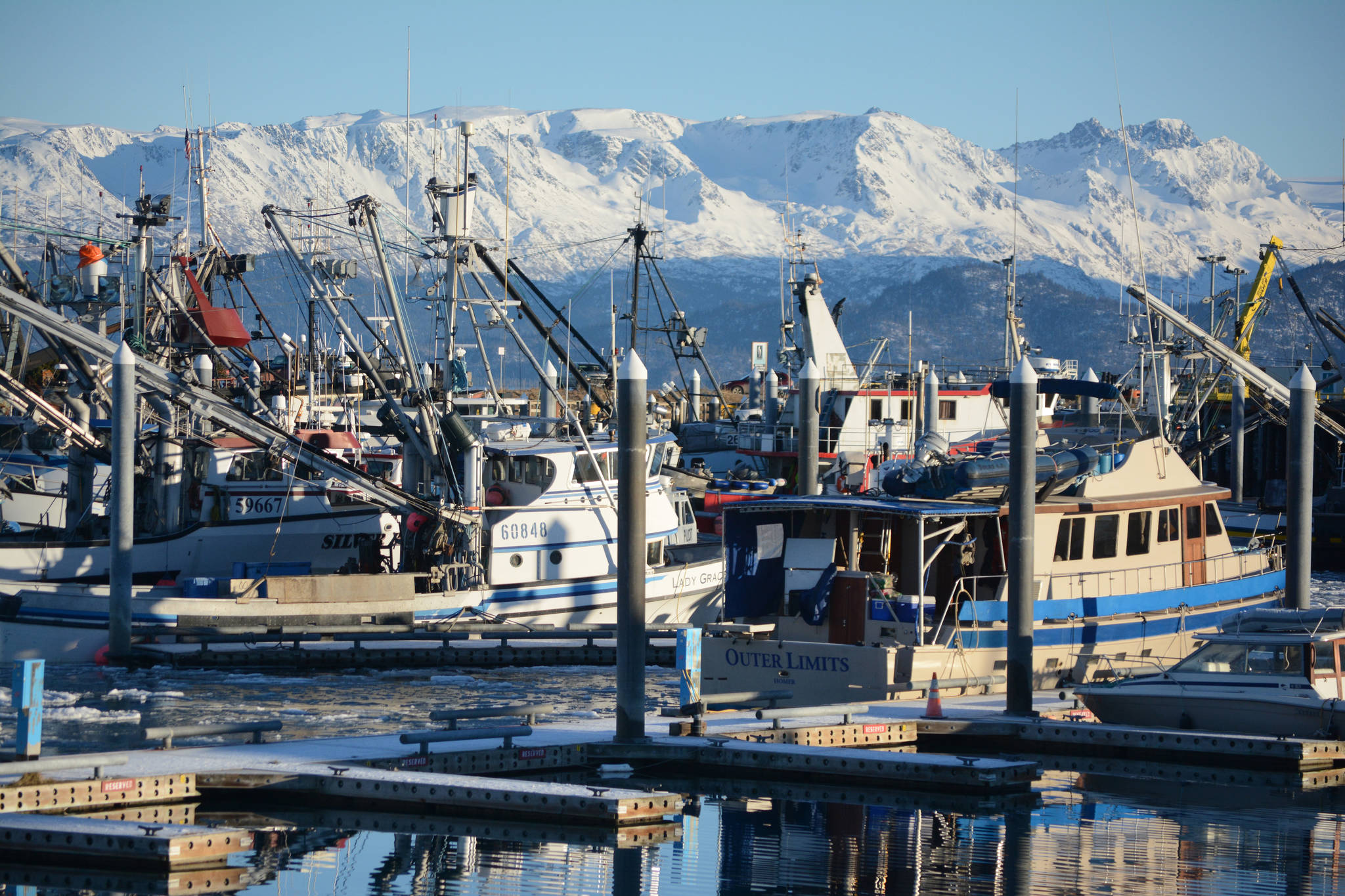While the fight to keep genetically engineered salmon off the market in the U.S. has largely failed, the fight to have it labeled as such has had some success.
There has been a phase-in of labeling requirements for products containing bioengineered ingredients after U.S. Secretary of Agriculture Sonny Perdue announced the National Bioengineered Food Disclosure Standard in 2018, which is now in full effect.
The standard requires food manufacturers, importers and other entities that label foods for retail sale to disclose information about bioengineered (BE) food and BE food ingredients, more commonly referred to as genetically modified or GMO.
The new rule keeps different states from having different rules, making for more uniform information being provided to consumers.
In Alaska the fight for labeling GMO products has centered around a salmon hybrid created by splicing the genes of a Chinook salmon, Atlantic salmon and a fish known as ocean pout, which can grow twice as fast as a farmed Atlantic salmon, reaching a market size of 8-12 pounds in 18 months versus 36.
Alaskans fought the production of the fish for nearly three decades, warning that if they were pen-raised in Canada and managed to escape, that could lead to catastrophic in-breeding with wild stocks, among other unintended consequences.
AquaBounty, the company responsible for the engineered fish, often referred to as “Frankenfish,” overcame a number of hurdles to bring their fish to market, including making sure the fish would be raised only in on-shore facilities, negating the possibility of escape.
One of the other concerns about the fish has been market competition with Alaska salmon, the effects of which have yet to be seen. The fish are just now getting to market, with the first shipment sent out in June 2021 after a delay caused by the pandemic. At the time, only one customer had announced plans to sell the fish, Samuels and Son Seafood, a Philidelphia-based seafood distributor.
More than 80 retailers, including giants such as Costco, Walmart and Whole Foods have said they will not sell the human-made fish.
What effect the new labeling requirements will have is up in the air, especially since the new rules state that companies can disclose genetically modified ingredients through use of either a QR code, an on-package display of text or a designated symbol. Anyone who is not familiar with how to read a QR code or know the meaning of whatever designated symbol is assigned to GMO products, or who just don’t read the fine print, may be unaware that they are buying genetically modified fish or other products.
The standard announced by the USDA moves away from the term “genetically modified” and says the only acceptable label moving forward is “bionengineered,” so people looking for labels referring to GMO products may not know what to look for.
An internet search did not turn up any samples of labels identifying food as containing bioengineered ingredients.
Cristy Fry can be reached at realist468@gmail.com



